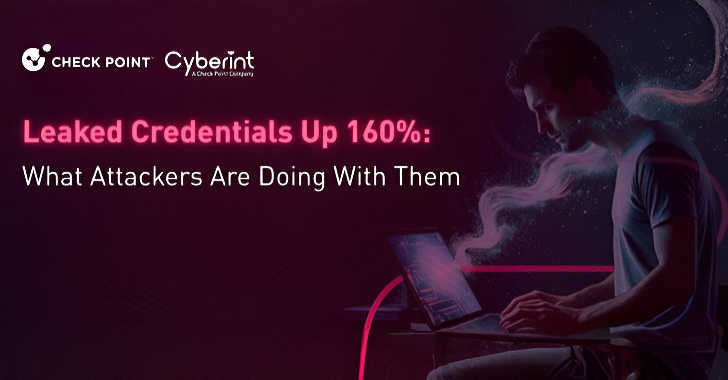
Cracking the Code: The Evolving Landscape of Penetration Testing
In a world that’s becoming increasingly reliant on technology, the need for robust cybersecurity measures has never been more critical. As businesses and individuals alike embrace the digital age, the risk of cyber threats looms larger than ever. To counteract these risks, the practice of penetration testing has evolved into a formidable tool for safeguarding our digital assets. In this article, we will explore the ever-evolving landscape of penetration testing, diving into its importance, methodologies, and the latest trends shaping the field.
Understanding Penetration Testing
Penetration testing, often referred to as pen testing or ethical hacking, is a systematic process of probing for vulnerabilities in a computer system, network, or application. Its primary purpose is to identify weaknesses before malicious hackers can exploit them, thus preventing security breaches and data leaks. While the concept of penetration testing has been around for decades, its significance has skyrocketed in recent years due to the growing complexity of technology ecosystems.
Why Penetration Testing Matters
The digital landscape is a battlefield, and data is the currency. Organizations store vast amounts of sensitive information, ranging from customer data to trade secrets, and protecting these assets is paramount. A successful cyberattack can lead to severe financial losses, damage to reputation, legal consequences, and even the shutdown of a business. Penetration testing plays a crucial role in averting these disasters by:
- Identifying Vulnerabilities: Penetration testers use a combination of automated tools and manual techniques to uncover weaknesses that could be exploited by cybercriminals.
- Mitigating Risks: Once vulnerabilities are identified, organizations can take proactive measures to address them, reducing the risk of a successful cyberattack.
- Compliance and Regulations: Many industries and governments require regular penetration testing to ensure compliance with cybersecurity regulations and standards.
- Enhancing Security Awareness: Penetration testing also helps in educating employees and stakeholders about potential threats, fostering a culture of cybersecurity.
The Evolving Methodologies
The art of penetration testing has come a long way since its inception. It has evolved to keep pace with the rapidly changing threat landscape and technological advancements. Here are some of the latest methodologies and techniques employed by penetration testers:
- Red Teaming: Red teaming takes penetration testing to the next level. Instead of merely identifying vulnerabilities, red teams simulate real-world attacks to assess an organization’s overall security posture. This approach provides a holistic view of an organization’s readiness to defend against sophisticated adversaries.
- Cloud Penetration Testing: With the increasing adoption of cloud computing, it’s essential to test the security of cloud environments. Cloud penetration testing focuses on identifying misconfigurations and vulnerabilities specific to cloud platforms like AWS, Azure, and Google Cloud.
- Mobile Application Testing: As mobile devices become ubiquitous, mobile app penetration testing has gained prominence. Testers assess the security of mobile applications, including data storage, communication, and user authentication.
- IoT Security Testing: The proliferation of Internet of Things (IoT) devices introduces new security challenges. Penetration testers now evaluate the security of IoT devices and their ecosystems to prevent potential breaches.
- AI and Machine Learning in Testing: Penetration testers are increasingly leveraging artificial intelligence and machine learning to automate vulnerability discovery and analyze large datasets for potential threats.
- Social Engineering Tests: Human factors remain a significant vulnerability. Social engineering tests, such as phishing simulations, assess an organization’s susceptibility to manipulation by attackers.
Challenges and Future Trends
As the cybersecurity landscape continues to evolve, so do the challenges and trends in penetration testing:
- Zero-Day Vulnerabilities: Identifying zero-day vulnerabilities (previously unknown vulnerabilities) is becoming more critical. Advanced attackers often exploit these vulnerabilities before they are discovered and patched.
- AI-Enhanced Attacks: As AI technology advances, cybercriminals are using AI to automate attacks, making them more sophisticated and difficult to detect. Penetration testers must also leverage AI to defend against such threats.
- Supply Chain Attacks: Recent high-profile supply chain attacks, like the SolarWinds breach, highlight the need to assess the security of third-party software and services.
- Regulatory Changes: The regulatory landscape is continuously evolving, with new data protection laws and cybersecurity regulations being introduced worldwide. Organizations must stay compliant and regularly update their penetration testing practices.
- Quantum Computing: While still in its infancy, quantum computing has the potential to break current encryption algorithms. Penetration testers must prepare for a future where traditional encryption methods may become obsolete.
Conclusion
The landscape of penetration testing is constantly evolving, driven by the ever-increasing complexity of the digital world and the creativity of cybercriminals. Organizations must adapt their security measures to stay ahead in this ongoing battle. As we move forward, it’s clear that penetration testing will remain a cornerstone of cybersecurity, helping to identify vulnerabilities, mitigate risks, and safeguard our digital future. By embracing the latest methodologies and staying vigilant against emerging threats, businesses and individuals can ensure that their digital assets remain secure in an increasingly interconnected world.
Contact Cyber Defense Advisors to learn more about our Penetration Testing solutions.





